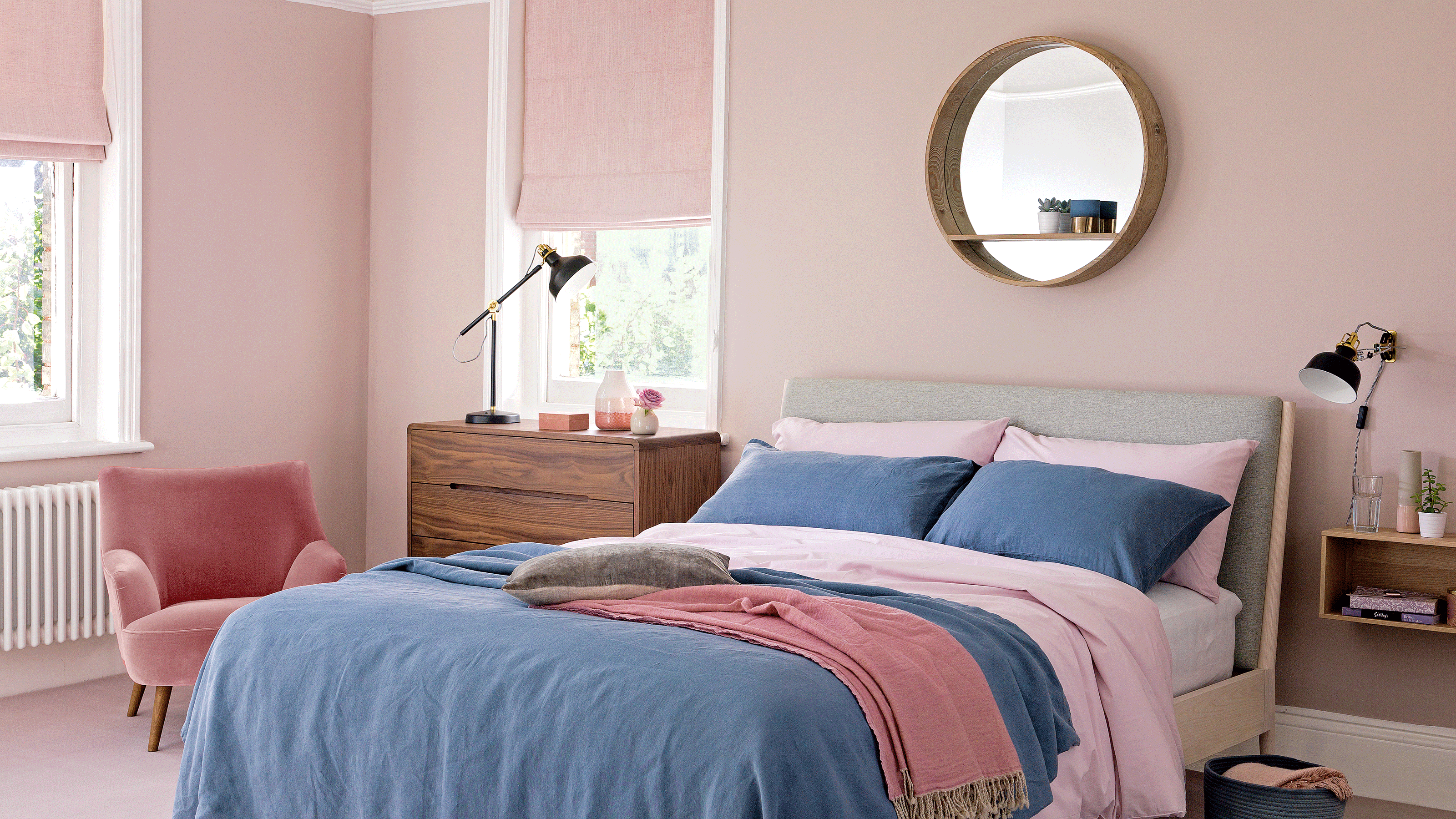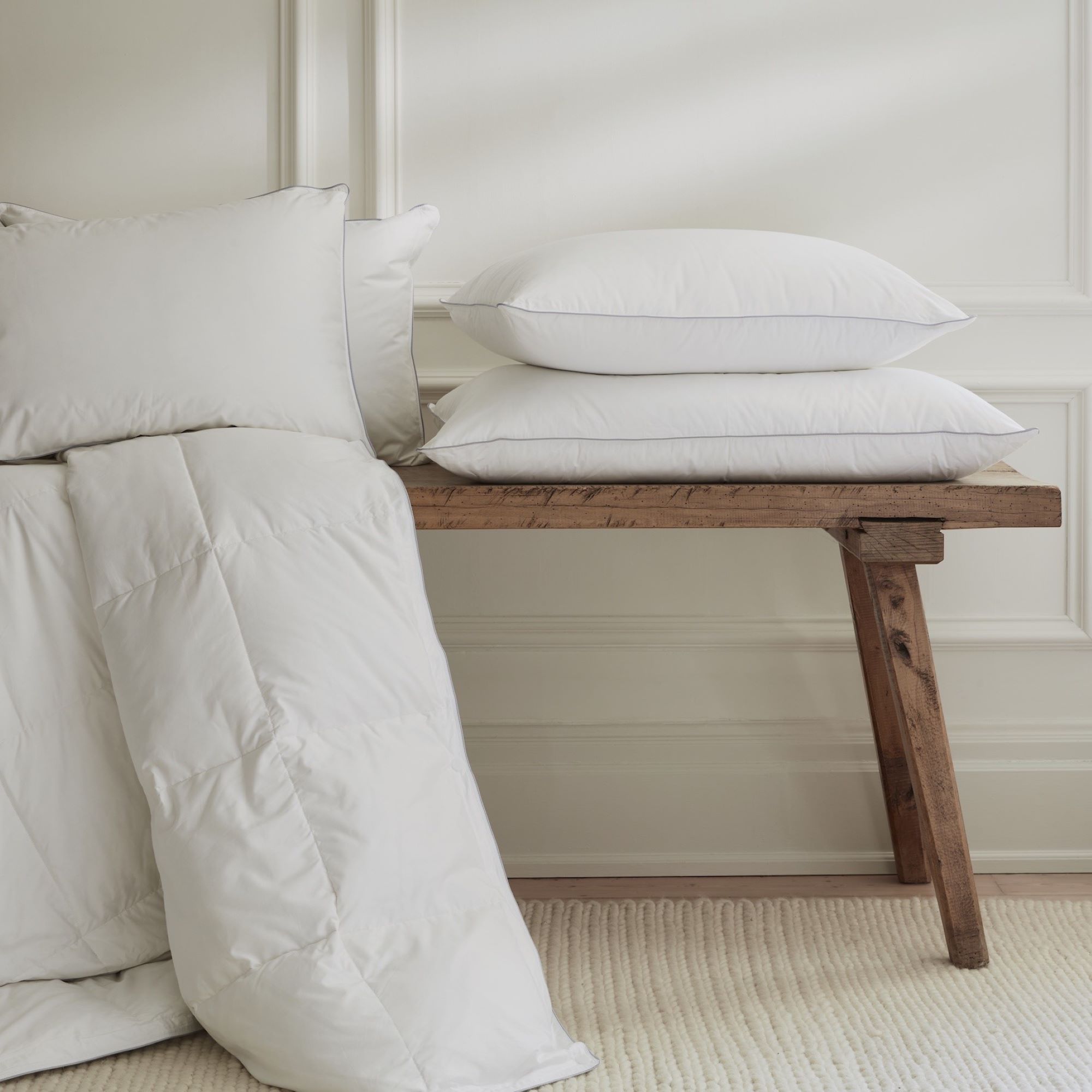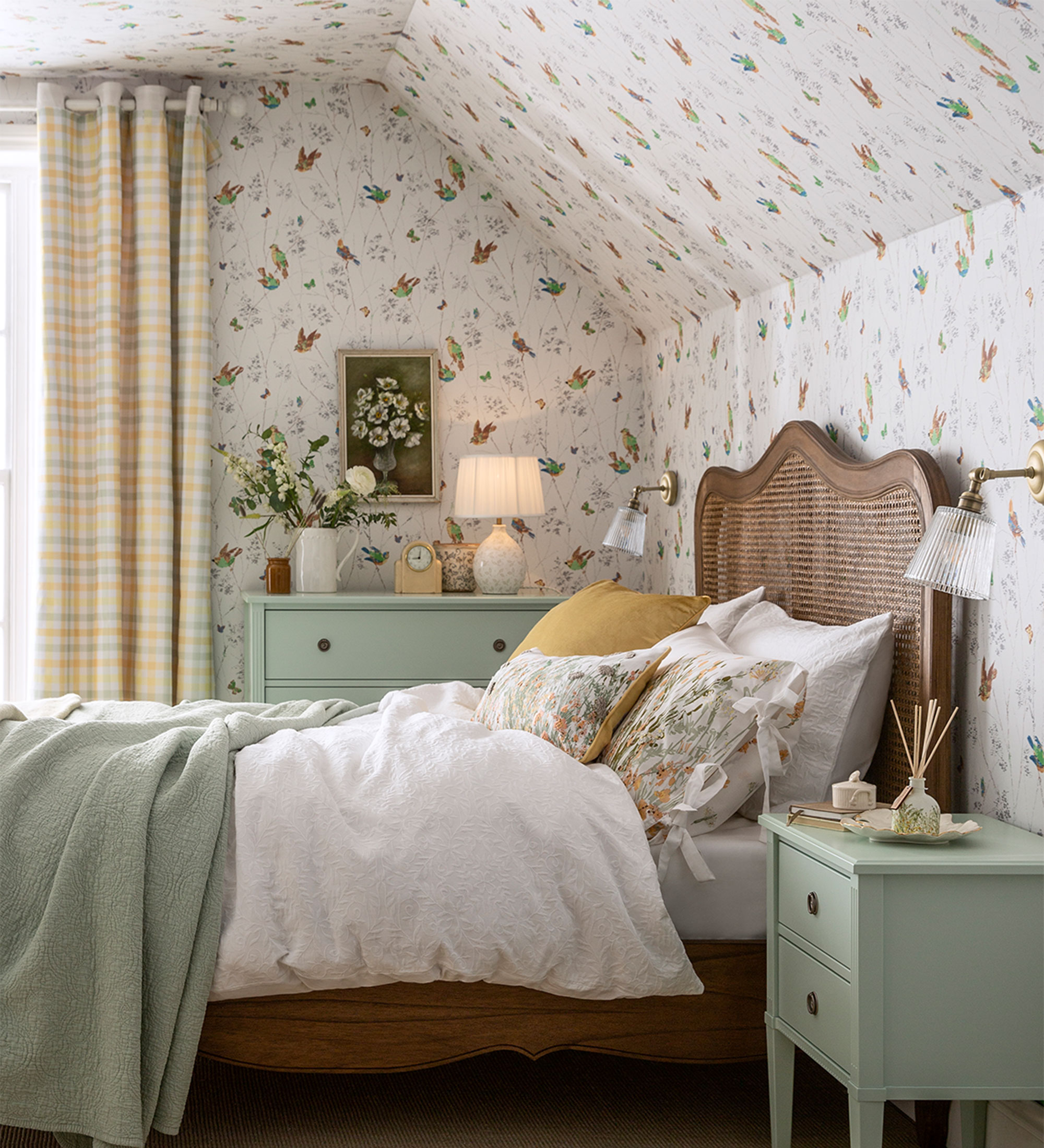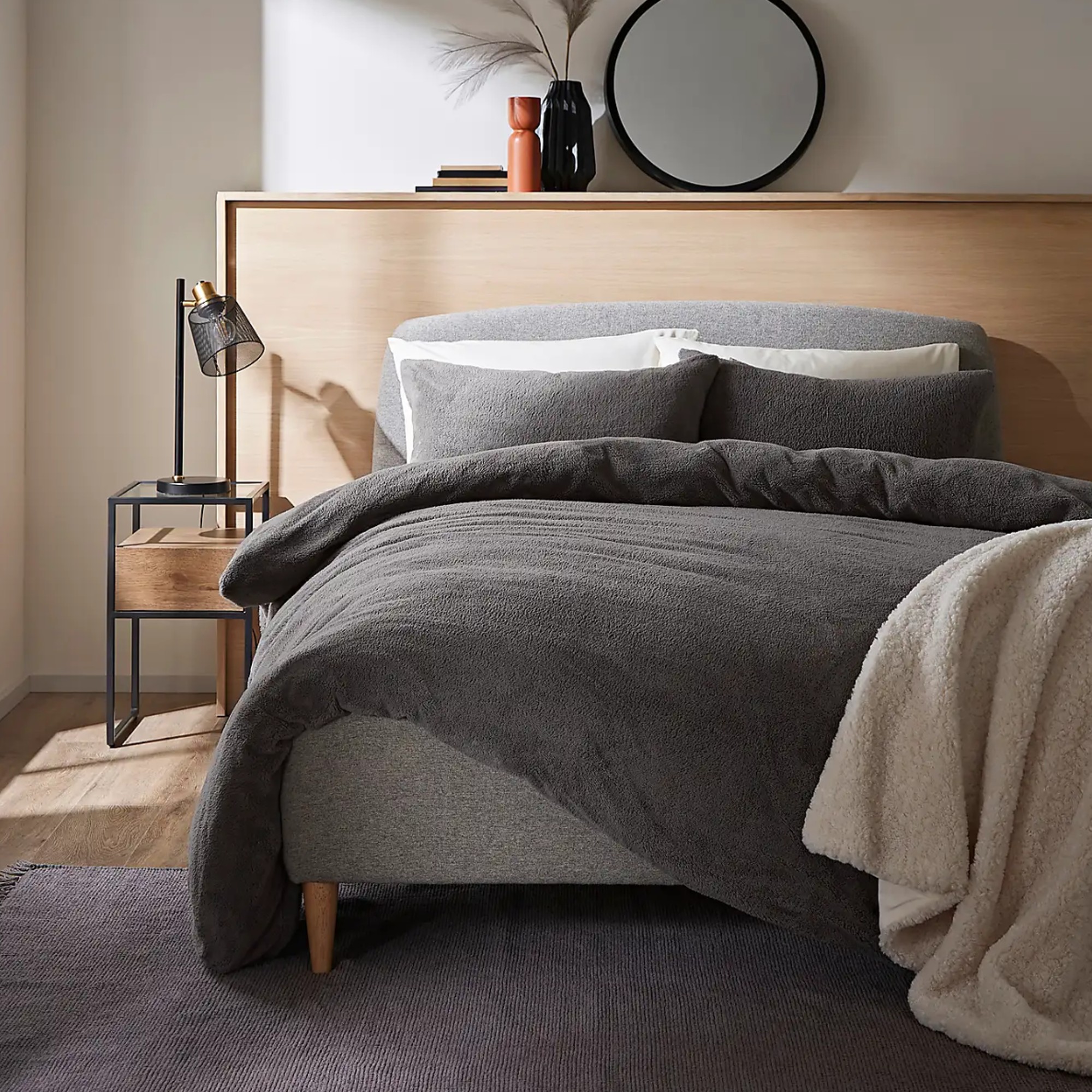This Scandi sleep hack could save your sleep – but do experts recommend it?
Experts give their verdict on this unusual sleep idea


There are many things that can affect our sleep, such as the room being too hot, not having one of the best mattresses, or using your devices right before bed.
However, for many people – couples specifically – one of the things that can be most disruptive to getting quality shut-eye is having to share a duvet. It can be a divisive issue; one partner may like a thick, cosy duvet, while another needs a cooler option. And then there's the duvet hogging; we've all been there when your sleeping partner drags the duvet away from you during a particularly chilly night.
But could the Scandi sleep method improve things? A reportedly popular method of sleeping in Scandinavian countries, it suggests that a couple sleeping in the same bed should use two duvets, instead of one. We're intrigued, especially since this is not the only apparently effective Scandi sleep hack we've come across – opening your windows before going to bed even in the winter is yet another one.
Does the Scandi sleep method work?
The Scandi sleep method is apparently hailed for its sleep benefits, with couples in these countries sleeping more comfortably by using separate duvets and duvet covers.
And in fact, Denmark, Norway, and Sweden actually rank in third, fourth, and sixth place respectively for sleep quality, according to a Lifestyle Index by Sleep Junkie – so there seems to be some truth to the claim.
The idea is that by having your own duvet, you can avoid any partner-related disruptions to your sleep – such as duvet-hogging – and you can address and fix any temperature issues you might both experience.
But how do experts actually feel about the concept?
Get the Ideal Home Newsletter
Sign up to our newsletter for style and decor inspiration, house makeovers, project advice and more.

According to certified sleep expert (RPSGT), and lead researcher at SleepMattressHQ.com, Susan Miller, the results of this method can vary from couple to couple; but she agrees that it can be beneficial if you have different sleeping habits.
She said, 'The Scandinavian sleep method is beneficial for couples where one is a light sleeper and his/her sleep gets easily disrupted. Also, if you are a couple who prefers their own personal space while you are asleep, then it is a match made in heaven.'
Dr. Lindsay Browning, a sleep expert at Trouble Sleeping and author of the book Navigating Sleeplessness, agreed, saying, 'When you have two separate single duvets, it allows each person in the bed to choose the tog (or thickness) of the duvet to their liking, and allows for people to adjust the covers when they get too cold or too hot, without disturbing their partner.'

'In fact, using two single duvets instead of one can be especially helpful when women are going through the menopause and may be experiencing hot flashes during the night – and is something I actively recommend to my sleep clients.'
Trained sleep expert Dave Gibson, of Sleep Site concurred, saying that temperature regulation is a big bonus of the Scandi sleep method. 'One of the main problems when sleeping as a couple is that you may not want the same temperature inside your microclimate under the duvet. Having the option of having different togs of duvet and different heat is a huge plus.'

However, the experts we spoke to agreed that a good night's sleep isn't formed on the basis of your duvets alone – meaning the Scandi sleep method likely won't fix all and any sleep problems you may have.
'Certainly, you would expect to be able to get a better night's sleep when controlling your own 'sleep environment',' Dave said. 'However, the size of bed you sleep in as a couple is probably more important than having separate duvets. If you are sleeping as a couple in a double bed, for example, you are effectively allowing each person in the couple the same space as a baby in a cot.'
Dr. Lindsay also said that your mattress is an important consideration if your primary worry about sharing a duvet is disturbing your partner.
'If your mattress is not supportive enough, then as you move in the bed, you may disturb your partner’s sleep as the movement will not be cushioned. Therefore, make sure that your mattress is not too old and is supportive – or you could even consider investing in a dual tension mattress, so that each of you can have the ideal level of support in the mattress for your sleeping style.' A mattress topper can be helpful here, too.
So before you jump at bedding deals for an extra duvet, it's well worth considering your overall sleep environment, instead of your duvet alone.

Amy Hunt is an experienced digital journalist and editor, now working in a freelance capacity specialising in homes and interiors, wellness, travel and careers. She was previously Lifestyle Editor at woman&home, overseeing the homes, books and features sections of the website. Having worked in the industry for over eight years, she has contributed to a range of publications including Ideal Home, Livingetc, T3,Goodto, Woman, Woman’s Own, and Red magazine.
-
 Wood drenching is the calming new twist on the colour drenching trend – here’s how to make the look work in your home
Wood drenching is the calming new twist on the colour drenching trend – here’s how to make the look work in your homeIt’s easier than ever to embrace natural materials
By Maddie Balcombe
-
 Aldi is launching a £200 day bed with four different features - its sleek design is suited to the whole family
Aldi is launching a £200 day bed with four different features - its sleek design is suited to the whole familyYou don't want to miss out on this Specialbuy
By Kezia Reynolds
-
 How to set up a drip watering system that saves water and a lot of effort
How to set up a drip watering system that saves water and a lot of effortKeep your plants hydrated (and your water bill down) with this clever garden watering solution
By Natalie Osborn